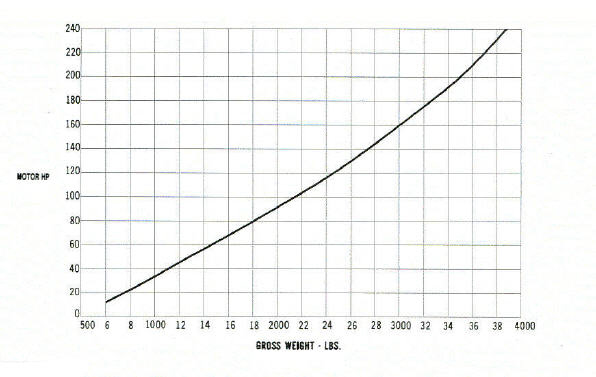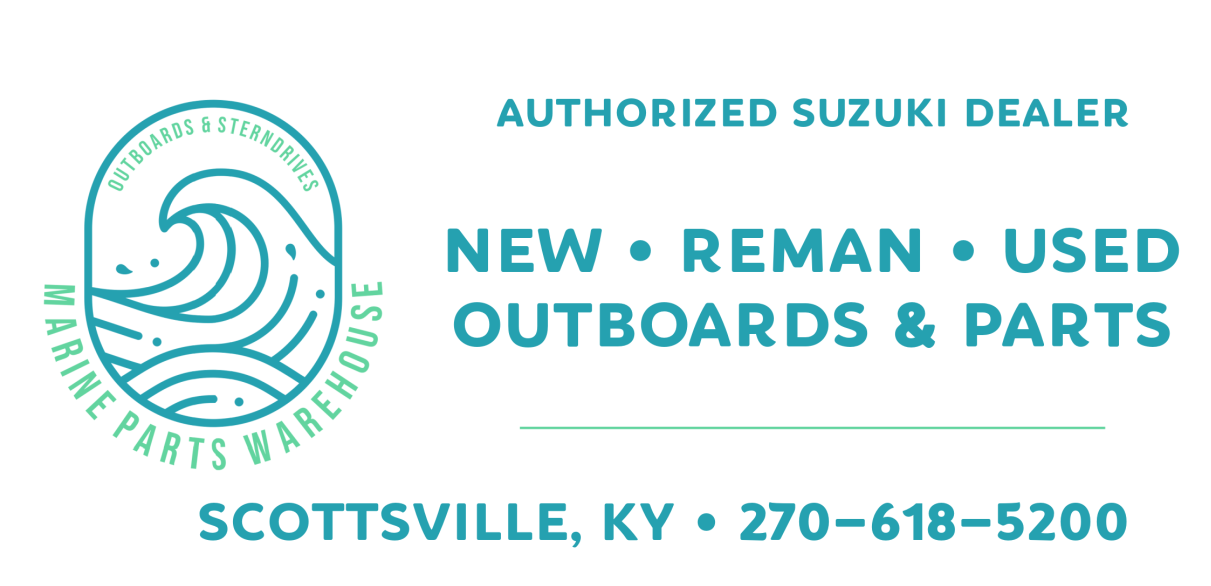Guide to Jet Outboards - Performance, Efficiency, & Selection Tips
If you’re even thinking about jet outboards, you’re probably tired of scraping props on river bottoms or getting stuck in ankle-deep water like it’s your full-time job. Jet outboards aren’t just another trendy upgrade; they work great in shallow water boating, period. But before you throw cash at the first engine with “jet” in the name, it’s worth knowing what you're really getting into.
They have quirks, require some trade-offs, and knowing how they actually work could save you from making an expensive mistake. That’s exactly what this post is about. Let’s get into it.
What Is a Jet Outboard?
A jet outboard is an outboard motor that uses a jet propulsion system instead of a traditional propeller. It draws water into a pump, accelerates it with an impeller, and shoots it out of a nozzle to push the boat forward.
Here’s what sets them apart:
- No exposed propeller: Great for safety and navigating weed-heavy or debris-filled water.
- Shallow-water navigation: Jet motors need only inches of water to operate.
- Internal jet system: Minimizes drag and improves handling in tight spaces.
Jet drive outboards are commonly used in shallow rivers, creeks, and whitewater areas where propeller-driven boats would struggle or risk damage.
How Jet Outboards Work?

The Basic Principle: Water In, Water Out
At the core of a jet outboard motor is the idea of pulling in water, pressurizing it, and shooting it out with high force to create thrust. This process eliminates the need for a spinning propeller and instead relies on a powerful stream of water to move the boat forward or backward.
Step 1: Water Intake
The journey begins at the intake grate, located on the bottom of the motor (and usually the boat’s transom area). This grate protects the jet pump system from large debris like rocks, weeds, or sticks. As the boat idles or moves forward, water is sucked up through this intake by a rapidly spinning impeller.
Step 2: Impeller Acceleration
Inside the housing, the impeller, a heavy-duty metal or composite fan, spins at extremely high speeds. This spinning action pulls in large amounts of water and pressurizes it within a tight chamber.
Unlike propellers that push water back in open space, impellers spin inside a close-fitting housing, which forces the water to compress. This compression dramatically increases water speed and pressure.
Step 3: Nozzle Thrust and Directional Steering
Once the water is pressurized, it is forced out of a nozzle at the rear of the engine. This nozzle works like a firehose, creating a narrow jet stream of high-velocity water that propels the boat forward.
But how do you steer? That’s where the steering nozzle comes in. It swivels left or right based on your steering input, directing the flow of water and changing the direction of the boat. Some systems also feature a reverse bucket that drops down to redirect the water flow forward; this allows the boat to go backward without a reverse gear.
The Pros and Cons of Owning a Jet Boat
| PROS | CONS |
| Operate in Very Shallow Water, Only need 4–6 inches to run. | Reduced Fuel Efficiency at Cruise Speeds |
| Eliminates prop strike risk in rocky, debris-filled, or vegetative waters, ideal for rivers and sandbars. | Power Loss in Jet Conversion (Approx. 30%) |
| Internal jet propulsion system reduces injury risks in rescue zones or recreational areas. | Susceptible to Intake Clogging |
| Jet drive systems offer instant thrust response and a tighter turning radius compared to prop-driven systems. | Lower Performance in Deep, Open Water Conditions |
| Preferred by anglers for accessing remote fishing spots where conventional boats can't reach. | |
| Minimal underwater footprint allows navigation over obstacles and through weed-choked or silty waterways. |
Choosing the Best Boat Material for Jet Outboards

The right jet outboard motor isn’t just about horsepower; it’s about matching your engine to the hull design, water type, payload, and intended use.
1. Engine Horsepower Requirements
Jet outboards typically lose around 30% of usable power compared to prop-driven motors due to jet pump inefficiencies. If your boat needs a 60HP prop motor, you'll need at least an 80HP jet outboard to get similar performance. Always upsize accordingly.
2. Boat Type and Weight
Jet outboards work best on lightweight, flat-bottom boats that sit high in the water. Heavier boats or those with deep-V hulls may struggle to plane and handle efficiently with jet propulsion. Know your boat’s specs before deciding.
3. Water Conditions You Navigate
If you're operating in shallow rivers, rocky streams, or backwater flats, a jet outboard is ideal. But if you often boat in deep lakes, open bays, or saltwater, a prop outboard may perform better and more efficiently in those settings.
4. Maintenance Capability
Jet outboards require regular checks on the impeller, wear ring, and intake grate. If you’re not comfortable doing basic maintenance or don't have easy access to service centers, consider this when choosing your power setup.
5. Factory Jet vs Jet Conversion Kit
You can either buy a factory-built jet outboard or convert a prop outboard using a jet conversion lower unit. Factory jets are better optimized for efficiency and durability, while conversions may be more cost-effective but less refined.
Jet Outboard Conversion vs Buying a Jet Engine

Combining the correct outboard power and boat design is the “secret” of successfully using an outboard jet to run in shallow water. There are two options for getting to these fishing hot spots that others can't reach:
Buy a jet outboard or convert an existing motor. Most people don’t know this, but many outboards can be converted to jet propulsion for a few thousand dollars, depending on their size.
This conversion, along with the proper boat, can allow a boat to run in just a couple of inches of water, and potentially scoot over short sections of land (not recommended), if such an action is required.
These two pieces of information will assist you in selecting the best combination for your needs, thereby giving you the advantages of outboard power for shallow water use.
- A flat-bottom boat runs shallower than a V-bottom, but slides on the turns more.
- A Vee bottom splits off air bubbles before they reach the jet intake. A flat bottom carries bubbles straight back.
- A slight V of 6-10 degrees dead rise will enhance jet boat handling.
Why Deep Vee Hulls and Keels Are Not Ideal for Jet Outboards?
Deep vee is not desirable for the Outboard Jet, not just because of increased draft and drag, but because the Outboard Jet needs a flat apron of water about 10” wide, leaving the hull on which to set the leading edge of the jet intake, to minimize air intake and frontal drag.
The dead rise should be fairly constant and not increase to a deep forefoot at the bow.
Jet Tunnel Design for Jet Drive Boats

A deep forefoot can cause spinout on a sharp turn. Keels can be a problem, introducing air into the jet intake. Center keels vary in size and may introduce air.
If this is suspected, the keel should be removed 2-3 feet forward of the transom. Other keel arrangements that tend to funnel air to the jet intake should be avoided. The chine of the boat, where the sides meet the bottom, should be sharp.
Round chimes tend to suck the boat down in the water and cause drag. A properly designed tunnel, combined with a slight V-bottom hull, can greatly enhance jet boat performance.
It should raise the motor 2-3 inches and place the heel of the jet intake flush or slightly above the bottom of the boat. A jet tunnel doesn’t work well with a flat-bottom boat due to air ingestion. It’s imperative that the hull is designed correctly with the tunnel for the boat to operate properly.
The tunnel needs to be just large enough to feed the jet drive its water requirements. A tunnel that is longer, wider or deeper than necessary wastes power in lifting excess water, tends to suck the stern down when planing, and sits deeper in the water at rest due to lost buoyancy. The top of the tunnel width should be about 1 ¾ times the width of the jet drive water intake.
The tunnel length doesn’t have to be longer than about 2 ½ times the water intake width.
Using Jet Outboards on Pontoon Boats
Pontoon boats don’t provide a defined height apron of water ahead of the jet intake. The water level between the pontoons varies with speed and load carried.
It’s necessary to build an inclined plane ahead of the jet intake attached to the motor mount, about 16” wide, inclined at about 15 degrees with the leading edge above water level, fully loaded at rest, trailing edge lined up with the leading edge of the jet intake.
Jet Outboard Horsepower Loss and Performance Factors

Jet Pump engines are considerably less expensive, since they don’t have expensive stainless steel shafts, gears, and props, but there’s a price to pay: usable power.
Take, for example, the Yamaha F150. It uses a 2.7L in-line four-cylinder four-stroke to make 150 hp, with a prop.
Equipped with a jet drive, however, Yamaha puts something else on it: a cowling with the number 105, because that’s how much power it generates due to a jet’s relative inefficiency. It goes down the line: F115 (80 hp), F90 (65 hp), F60 (40 hp), and F40 (30 hp).
The other major engine brands experience a similar reduction in thrust, and the selection is limited. Mercury has five, but in the narrowest range of horsepower, with models producing 80, 65, 40, 35, and 25 hp.
There is about a 30% power loss when converting to jet drive. A suitable outboard jet boat carrying an average load will provide about 80% of the propeller speeds.
How Much Horsepower Do You Need for Jet Outboard Boats
It’s important to decide what load you want to carry, how many people, gear, fuel, etc., and add the weight of the boat, motor, and battery. Look up this gross weight on the chart below to determine the minimum HP you need. The chart HP is the power head horsepower. It’s important that the boat motor combination planes the boat quickly. Planning would normally be in the mid-20 MPH range and up. This is necessary for optimum jet performance and shallow water running. At low RPM, when the boat is not planing, you would need about 12 inches of clearance between the bottom of the jet and the river bed to maneuver.
It’s important that the boat motor combination planes the boat quickly. Planning would normally be in the mid-20 MPH range and up. This is necessary for optimum jet performance and shallow water running. At low RPM, when the boat is not planing, you would need about 12 inches of clearance between the bottom of the jet and the river bed to maneuver.
Final Thoughts on Choosing a Jet Outboard
The use of outboard jets is definitely on the rise, and we will be seeing a lot more of them on the rivers in the years to come. If you are an angler who is thinking about purchasing an outboard jet, these are some great things to keep in mind when looking.
Looking for a JET OUTBOARD ENGINE to replace your PROP OUTBOARD ENGINE? For more information on outboard motors, call 270-618-5200 today!
Posted by Dr. Johnny Fever


